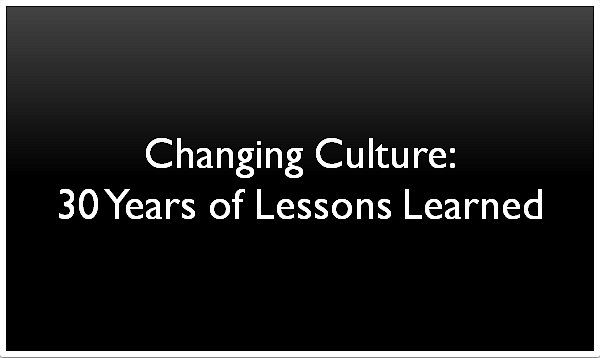The Importance Of Culture In M&A
The Importance Of Culture In M&A
Identifying Company Culture
Despite their knowledge that corporate culture is important, many organizations struggle with how best to convert an appreciation for cultural differences into a definitive plan of action to execute a transaction successfully. Ideally, senior leaders are engaged early in the process, ensuring a clear understanding of cultural differences and identifying and prioritizing specific actions that will inform, influence, and accelerate the integration effort.
Addressing your company’s culture at the earliest possible point is essential to focusing your integration efforts. As organizations navigate the earliest stages of a deal (for example, strategy and planning, target identification, and preliminary due diligence), they should engage leaders on the topic of corporate culture and set a baseline for their own organization. Companies must specify the behaviors required for success; identify the non-negotiables, or areas where change is not welcome, and ensure corporate alignment on aspirational cultural attributes.
Understanding Your Target Company’s Culture
When considering M&A targets, you should apply a cultural lens to test inter-organizational “fit,” identify potential red flags and inform the negotiation process. Publicly available information (such as annual reports, news articles, and employee blogs) can provide meaningful insight into the target’s corporate culture even before a company approaches the target.
Once your company isolates an M&A target and begins due diligence, it can apply its preliminary understanding of the target’s culture to the formulation of a deal thesis and an integration strategy. In order to fully understand your M&A target, you must look into not only the company you’re looking to acquire itself but also the individual employees it’s comprised of. This understanding often impacts the degree, depth, and timing of integration activities.
Success In Cultural Integration
The keys to addressing culture in M&A transactions are to begin the process early, engage leaders, and use data to inform integration planning. The final step before actual integration is to choose wisely — place bets on interventions that will have the greatest impact in the near term.
Team leaders and those in charge of their company’s M&As must have the discipline to start early and get the businesses to take ownership (the position from the businesses’ point of view and make it second nature). You should also try and engage leaders and work with key company-talent to help put in place all of the necessary drivers of change. Understanding a company’s culture, for M&A purposes or otherwise, is a comprehensive effort, so the more talented people you include in the discussion, the better!
Contact CultureStrategyFit today at 1-833-391-1896 for comprehensive cultural help with your next M&A.










